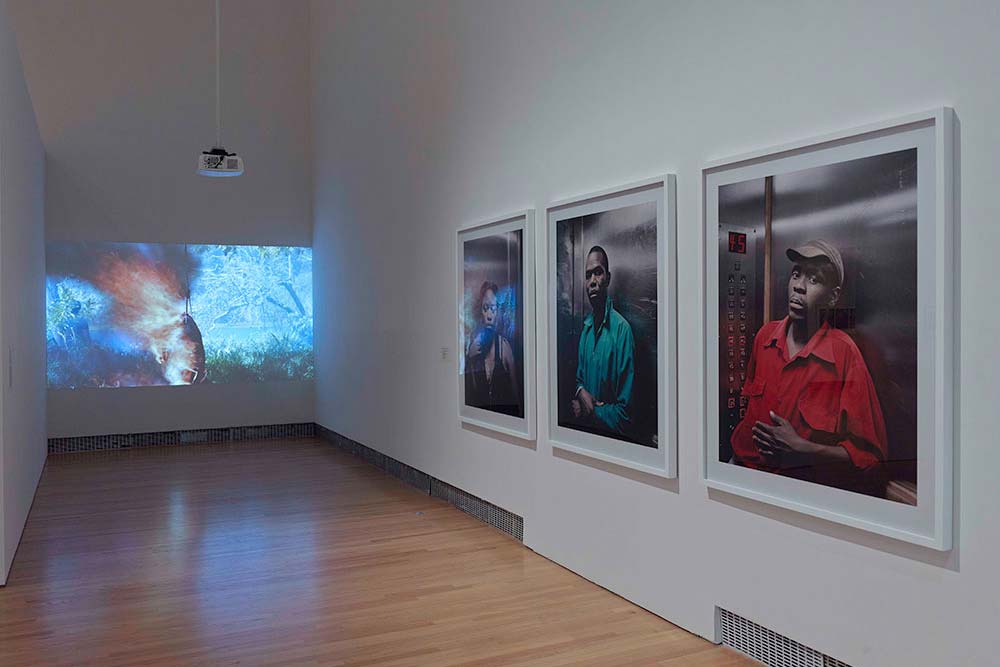Billy Monk was born in 1937 in Johannesburg, and died in 1982 in Cape Town. He worked as a nightclub bouncer for the Catacombs Club in Cape Town in the late 1960s. Using a Pentax camera with a 35-millimeter lens, Monk photographed nightclub revelers and sold the prints to his subjects; his close friendships with many of the people in the images enabled him to photograph them with extraordinary intimacy. His did not aim to make a social statement, but his money-making scheme quickly turned into something else as he increasingly captured the raw energy of the club, its decadence and tragedy, its humanity and joy. In 1969, Monk stopped taking pictures at the club. Ten years later, his numbered and dated contact sheets and negatives were discovered by the South African photographer Jac de Villiers in a studio de Villiers rented in Cape Town. Recognizing the significance of the work, de Villiers organized the first exhibition of Monk’s photographs in 1982.
Monk’s photographs were featured in the San Francisco Museum of Modern Art exhibition South Africa in Apartheid and After: David Goldblatt, Ernest Cole, Billy Monk (2012), as well as at the International Center of Photography, New York (2012), Stevenson Gallery, Cape Town (2011), and the Brighton Photo Biennial (2010). In 2011, Stevenson Gallery published a monograph on Monk, Billy Monk, with texts by David Goldblatt, Jac de Villiers, and Lin Sampson.



